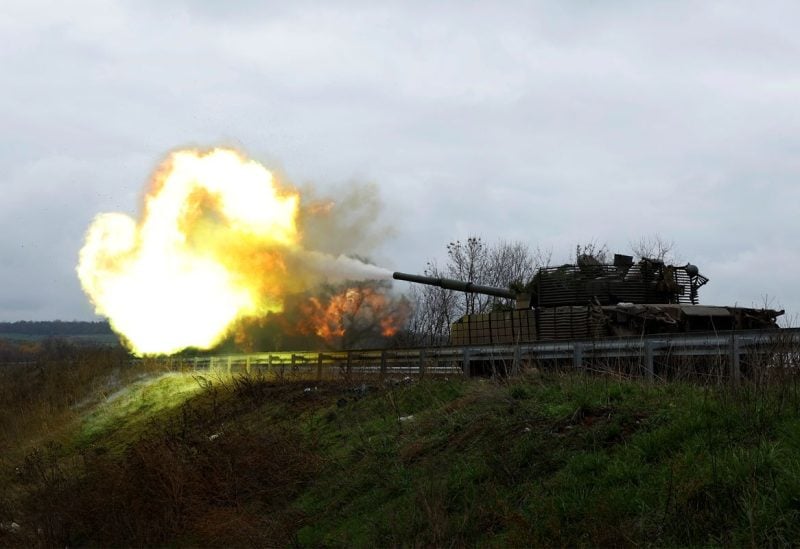
Ukrainian soldiers fire a round on the frontline from a T80 tank that was captured from Russians during a battle in Trostyanets in March, as Russia's invasion of Ukraine continues, in the eastern Donbas region of Bakhmut, Ukraine, November 4, 2022. REUTERS/Clodagh Kilcoyne
According to the U.N. nuclear watchdog, Ukraine narrowly avoided disaster amid fighting over the weekend that rocked Europe’s largest nuclear power plant with a barrage of shells, some of which fell close to reactors and damaged a building used to store radioactive waste.
At least 12 explosions at Ukraine’s Zaporizhzhia nuclear power station, which is located across the Dnipro river from areas under Kiev administration but has been under Russian authority since shortly after Russia entered the nation on February 24., were blamed on both Russia and Ukraine on Monday.
Volodymyr Zelenskiy, the president of Ukraine, pleaded with NATO countries to ensure safety from “Russian sabotage” at nuclear sites. The chairman of Rosatom, the government-run nuclear energy organization in Russia, stated that the agency had spoken with the IAEA about Sunday’s bombardment and that there was a possibility of a nuclear catastrophe.
The assault took place as conflict raged further east as a result of Russian troop movements into the industrial Donbas region from the area surrounding the recently reclaimed Ukrainian city of Kherson in the south.
IAEA director general Rafael Grossi said that whoever opened fire on the plant was “gambling with the lives of many people” and taking “huge risks.”
IAEA experts toured the site on Monday, and the agency said they found widespread damage but nothing that compromised the plant’s essential systems.
Repeated shelling of the plant during the war has raised concern about a grave disaster in the country that suffered the world’s worst nuclear accident, the 1986 Chornobyl meltdown.
Radiation levels remained normal and there were no reports of casualties, the IAEA said. While there was no direct impact on nuclear safety and security systems, “the shelling came dangerously close”, Grossi said.